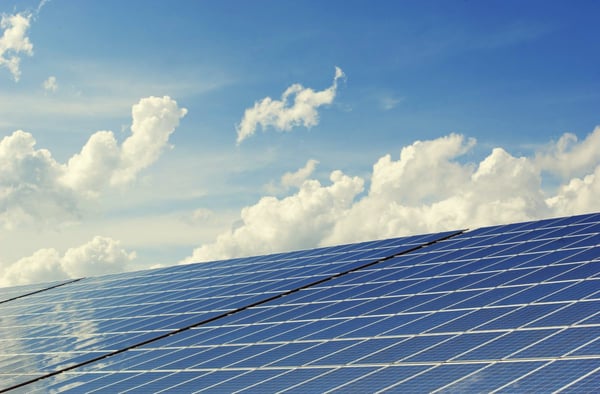Green building is becoming more and more ubiquitous, as various aspects of the building process from raw materials to heating and cooling systems and beyond become more environmentally conscious in their design. Here, we’ll take a look at some of the most consistent trends in green building today.
Green Materials
Many materials can be green, from construction to interior finishes. Bamboo, for example, is extremely sustainable, grows abundantly, and can be used for wood flooring, cabinetry, and built-ins. Similarly, reclaimed wood can be used for flooring and even siding. Another material whose popularity is growing is timbercrete - a concrete alternative made of sawmill waste, cement, sand, and non-toxic binders. Not only is it environmentally friendly, it has much better insulation properties than concrete, is naturally dried and strengthened by the sun, and can be cut into blocks for foundations, paving stones, retaining walls, and landscaping.
Net Zero Homes
Net zero homes are homes which use up as much energy as they produce on site, with the potential to cut energy costs completely. Systems that can make net zero living possible include solar panels, wind technology, and micro hydropower.
Construction Technology
Advancements in construction technology are becoming something exciting to look out for in the coming years. One big example is virtual/augmented reality in construction. This can allow contractors to test complex or potentially risky aspects of a build virtually, or can simply be used to speed up the process of on-site modifications like window placement for example. By showing a client exactly how a modification would look in a powerfully visual way, the construction process is instantly sped up.
Another technological trend to look out for is drones in construction. Already popular, construction drones can help with difficult or dangerous measurements, topographical mapping, and even construction site security. According to bigrentz.com, "in 2017, drone use on job sites skyrocketed 239 percent in a single year."
PreFabricated/Modular Construction
Pre-fab construction means that many parts of a build are created in a factory, based on the specifications of the client. This can include entire panels and sections of a home built off site then delivered and simply pieced together on site. Modular construction is similar but often involves even bigger parts or whole sections of a house.
The green aspects of prefab or modular construction include fewer materials being used, more efficient builds resulting in less energy used on site, and a reduction in transportation of materials, resulting in a smaller environmental footprint.
Solar Technology
Solar technology is an excellent example of the aforementioned net zero model. As long as there is enough sun in an area, without shade-producing neighboring buildings or trees, almost any home can benefit from solar technology. Solar panels also add tremendous value to a home because of the long term energy savings they provide. And they are becoming so popular that according to EcoHome, “California set a target that 33% of energy production had to be renewable by the year 2020, and a 2019 report from the California Energy Commission says they are on track to meet that.”
While these are trends in green building, it is likely that they will stick around for awhile. Green building isn't going anywhere as people desire to treat our planet with care. The additional benefits that come with it, like sustainability and tax credits for builders, are an added bonus.

Recent Posts
- Spec Construction Loans: A Spec Line of Credit Is Worth the Paperwork
- Spec Homes and Pre-Sale Homes: The Relative Benefits for a Spec Builder
- How a Lender Sees Spec Construction Success: Insights for the Investor Builder
- How Is a Spec House Different From Other Kinds of House Construction?
- How a Private Lender Compares to a Bank Lender for a Spec House Construction Loan
